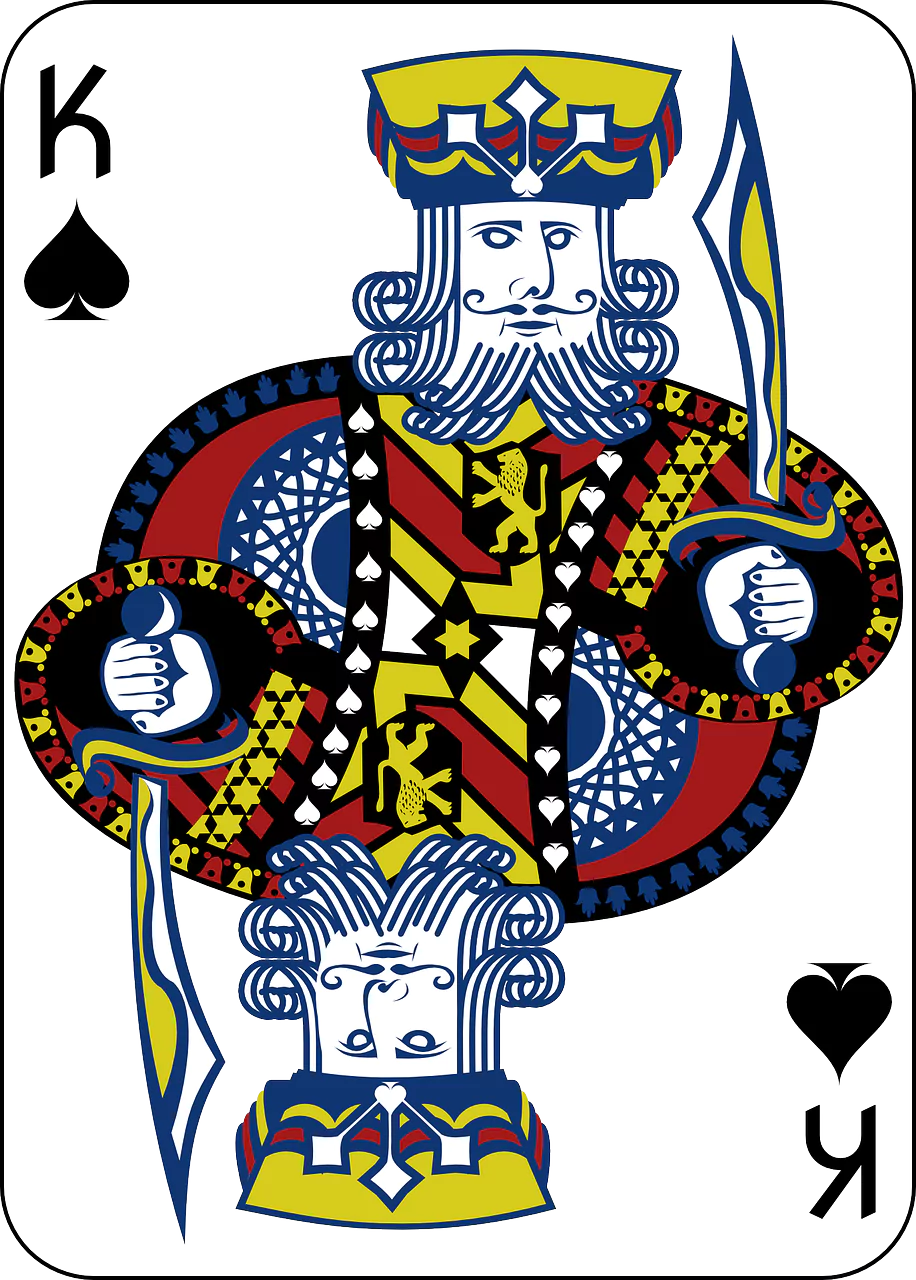In the riveting drama of poker, the community cards laid bare during the stages of Flop, Turn, and River hold the power to transform mere hands into tales of triumph or despair. These pivotal moments, like acts in a play, shape the narrative and steer the destiny of players around the green-felted table. Join us as we unravel the strategic ballet of Flop, Turn, River, exploring the nuances, anticipations, and the tactical dance that unfolds with each revealing card.
Act I: The Deal and the Anticipation
Before the spotlight focuses on the communal cards, there exists a silent overture—the deal. The dealer carefully places two private cards in front of each player, setting the scene for the unfolding drama. As participants glance at their concealed hands, a palpable anticipation fills the room. The deal is the prologue, the quiet before the storm, hinting at the tales that may soon be told.
Act II: The Flop – The Unveiling Begins
The first crescendo arrives with the unveiling of the Flop—three community cards revealed simultaneously at the center of the stage. This is the opening act, a canvas upon which players begin to sketch the potential fate of their hands. The Flop introduces possibilities, challenges, and the initial strokes of the strategic brush.
Strategic Reckoning: As the Flop graces the table, players enter a phase of strategic reckoning. They assess the synergy between their concealed cards and the community cards, contemplating potential winning combinations. This is the moment of initiation, where the strategic dance begins, guided by the player’s position, opponent assessments, and the evolving dynamics of the hand.
The Art of Bluffing: With the revelation of the Flop, the art of bluffing takes center stage. Players may choose to weave a tale of strength or vulnerability through their betting patterns. The strategic ballet of misinformation unfolds, as opponents try to decipher the intentions hidden behind each calculated move.
Pot Dynamics: The Flop significantly influences the dynamics of the pot. Players must decide whether to continue investing in the hand, fold their cards, or perhaps raise the stakes. The size of the pot at this juncture becomes the foundation upon which potential winnings or losses will be built.
Act III: The Turn – A Twist in the Tale
As the narrative unfolds, a twist is introduced—the Turn, a single card that adds complexity to the story. The Turn is a pivotal chapter, introducing new possibilities, challenges, and requiring a fresh round of strategic calculation.
Expanding the Horizon: The Turn broadens the horizon of potential winning combinations. Flush draws, straight draws, and two pairs come into play as the fourth community card is revealed. Players holding strong hands find their positions solidified, while those on the precipice of glory or peril must recalibrate their strategies.
Strategic Adjustments: The Turn demands strategic adjustments. Savvy players reassess their hand strength, considering the implications of the new card on the board. The dynamics of the hand can shift dramatically, prompting players to alter their betting patterns to align with the evolving landscape.
The Art of Timing: The Turn introduces an element of timing—a crucial aspect of poker strategy. Players must decide when to display strength, when to feign weakness, and when to strike with precision. The mastery of timing becomes the hallmark that distinguishes seasoned players from novices.
Act IV: The River – The Culmination of Destiny
The climax of the poker narrative arrives with the River—the fifth and final community card. The River serves as the culmination of destiny, determining the fate of hands and the distribution of chips.
Potential Revelations: The River can either solidify the strengths of certain hands or reveal hidden vulnerabilities. It is a moment of revelation, where players discover the full narrative arc of the hand. The potential for drama intensifies as the final piece of the community card puzzle is laid bare.
The Ultimate Bluff: For the adept bluff artists, the River is the ultimate canvas. A well-timed and well-executed bluff at this stage can either secure victory or unravel a carefully constructed façade. Players must assess the totality of the community cards and their opponents’ likely holdings before deciding whether to bluff or play with genuine strength.
Decision Point: The River is the final decision point for players. After the betting rounds following the River, hands are revealed, and the winner is declared. The strategic choices made throughout the hand, from the Flop to the Turn and now the River, culminate in this moment of truth.
The Psychological Theater: Tells and Tension
Beyond the strategic intricacies, Flop, Turn, River contribute significantly to the psychological theater of poker. Observant players may glean information from opponents’ reactions, betting patterns, and subtle “tells” that betray the strength or weakness of their hands.
Subtle Clues: The unveiling of community cards provides a rich tapestry of subtle clues. Observant players may detect shifts in body language, changes in breathing patterns, or variations in betting behavior that hint at the strength or vulnerability of opponents.
Pressure Points: The pressure intensifies with each revealed card, reaching its zenith at the River. Tension fills the air as players grapple with the weight of their decisions, acutely aware that the outcome of the hand hangs in the balance. The psychological interplay heightens, adding a layer of complexity to the strategic landscape.
Strategic Versatility: From Texas Hold’em to Omaha
While the Flop, Turn, River structure is synonymous with Texas Hold’em, variations like Omaha introduce their own unique dynamics. In Omaha, players receive four hole cards, using precisely two of them in combination with three community cards. This increased number of hole cards expands the potential scenarios at each stage, demanding players adapt their strategies accordingly.
The Digital Dimension: Flop, Turn, River in Online Poker
In the digital realm of online poker, the Flop, Turn, River stages maintain their significance, albeit in a virtual environment. The automated shuffling and dealing of cards, along with the absence of physical tells, introduce new dynamics. Online players rely on timing, betting patterns, and statistical analysis to decipher the strategic landscape.
Conclusion: The Ongoing Saga of Flop, Turn, River
The symphony of Flop, Turn, River in poker is an ongoing saga—an ever-evolving narrative that captivates players with its twists and turns. Beyond the mere revelation of cards, these stages represent strategic crossroads, demanding a delicate dance of calculation, intuition, and timing. The artistry of poker lies not just in the mastery of individual hands but in the ability to navigate the river of cards with finesse. As players gather around the green felt, each Flop, Turn, and River becomes a unique chapter in the grand story of poker—an unfolding narrative that continues to captivate enthusiasts worldwide.


